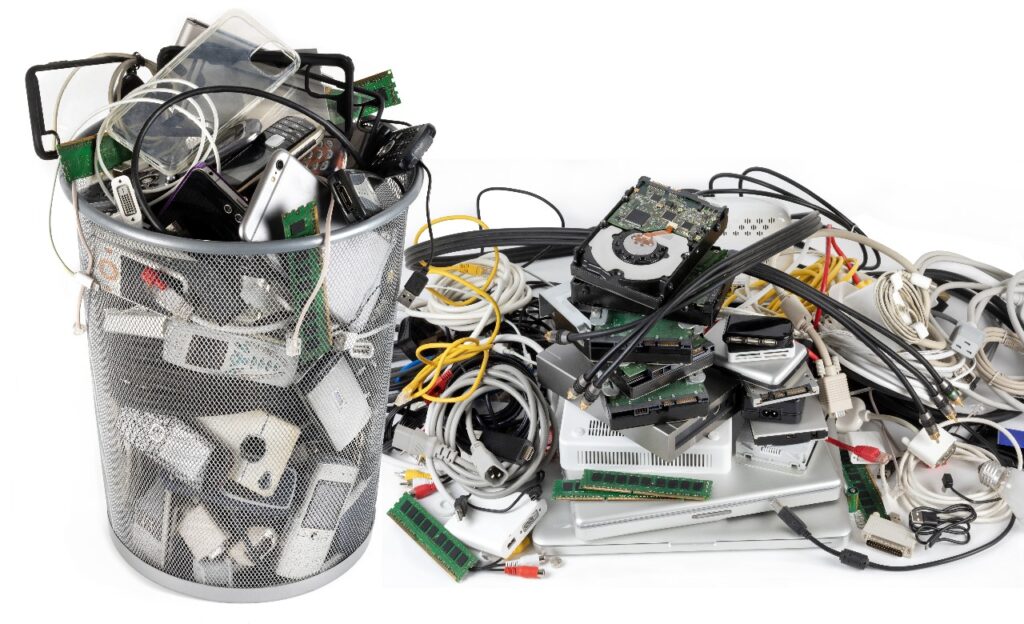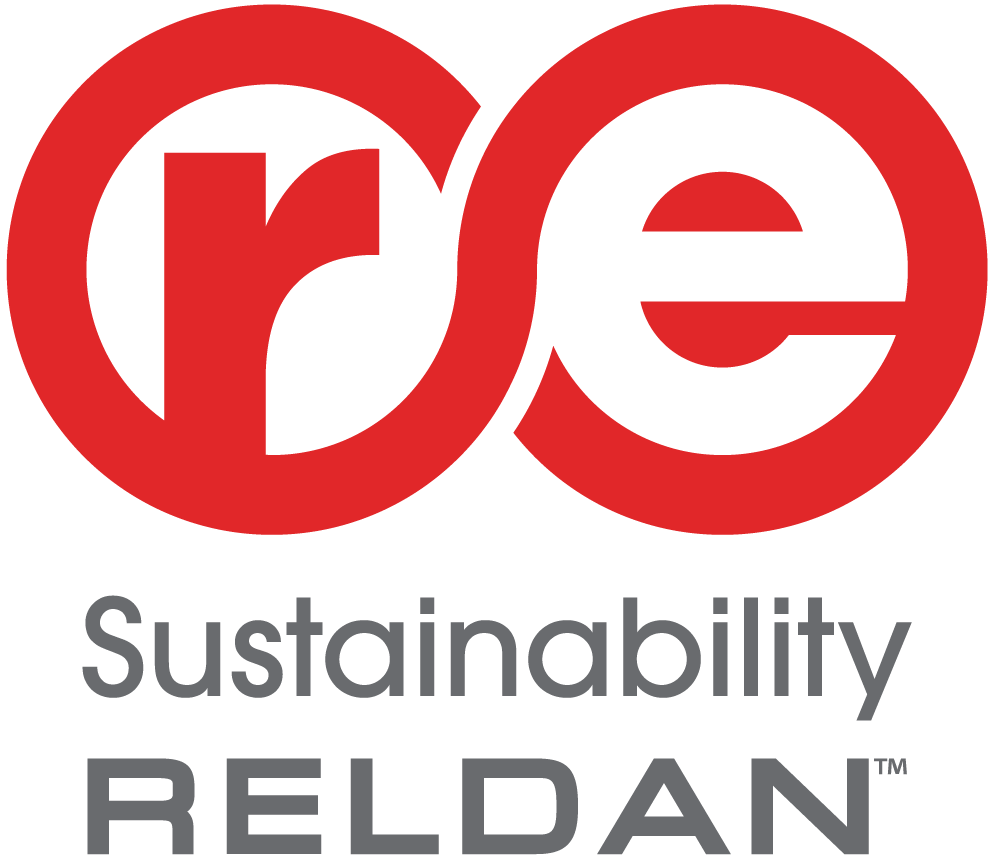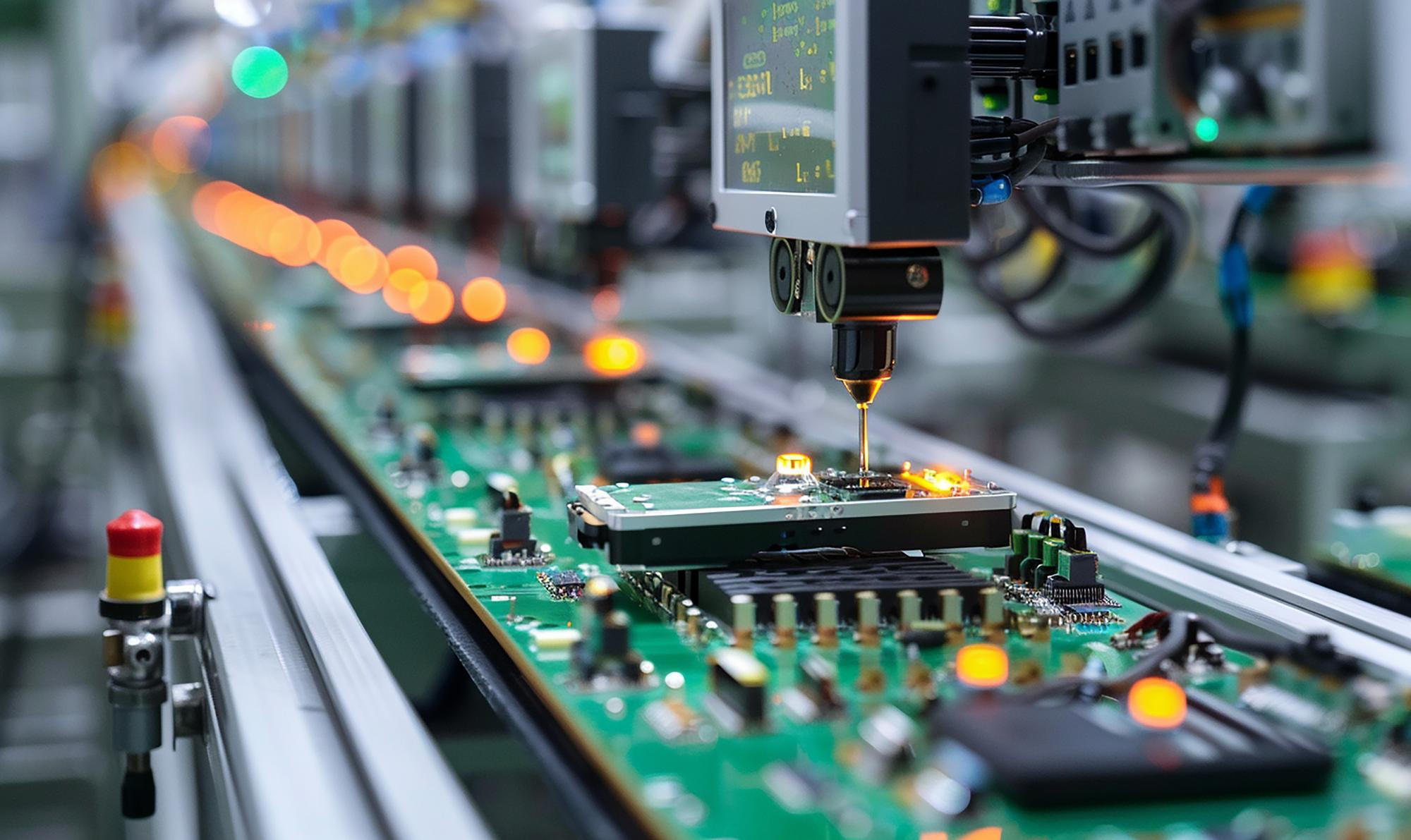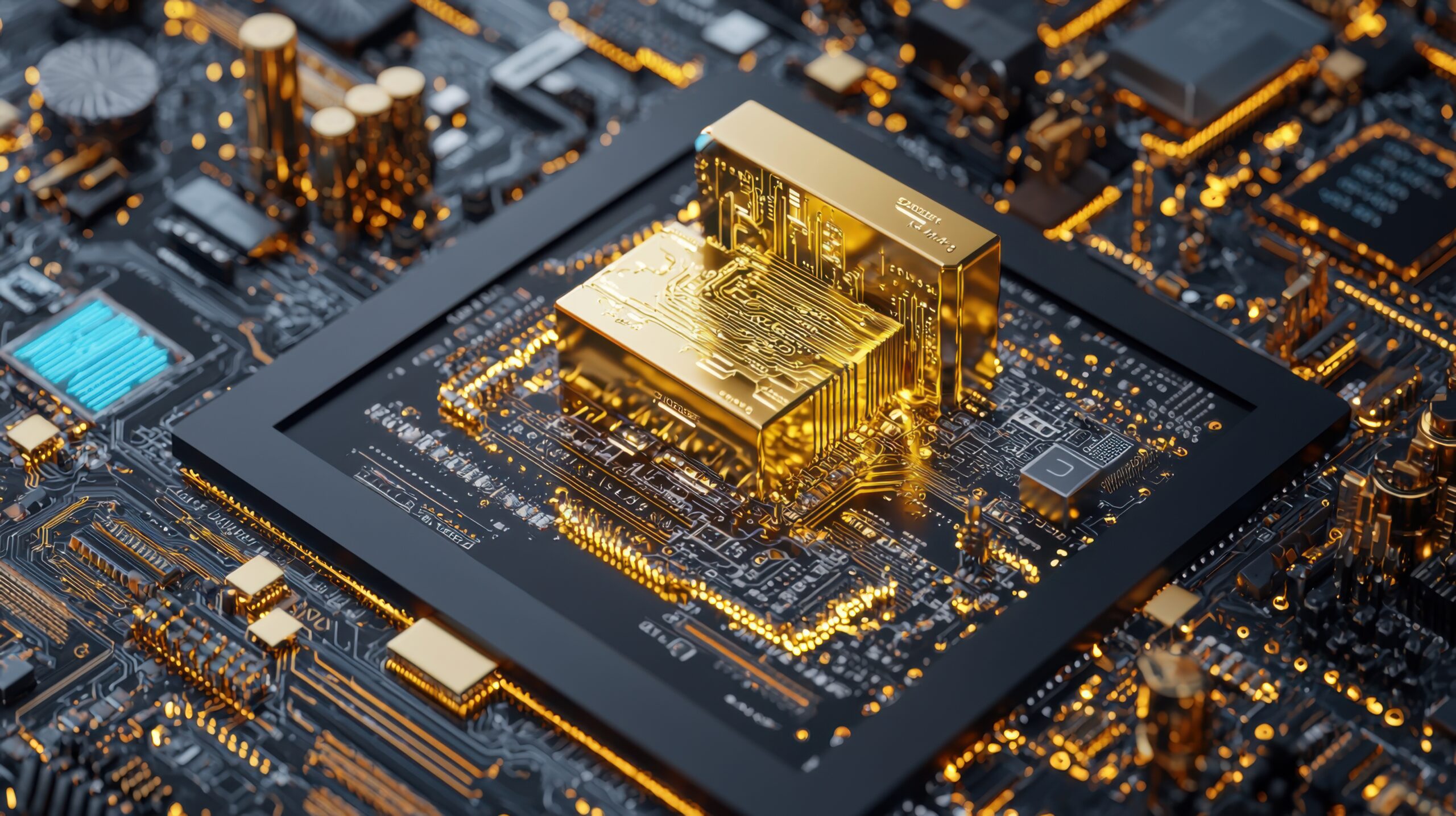The Ultimate Guide
to E-Waste Management
Introduction: Understanding the E-Waste Explosion
In an increasingly digital world, technology evolves faster than ever before. New smartphones, laptops, and gadgets enter the market each year, pushing older devices into the shadows. But what happens to these obsolete electronics once they’re replaced? This growing mountain of discarded devices is known as electronic waste, or e-waste—and it’s becoming one of the fastest-growing waste streams globally.
E-waste includes everything from broken televisions and outdated cell phones to worn-out batteries and circuit boards. As our dependency on electronics grows, so does the volume of waste we produce. According to the Global E-Waste Monitor, over 53.6 million metric tones of e-waste were generated worldwide in 2019 alone—a number that’s expected to climb to over 74 million tones by 2030.
What makes this trend even more alarming is that only about 17-22% of global e-waste is formally collected and recycled, leaving the rest to pile up in landfills or informal dumpsites. These discarded devices often contain hazardous materials like lead, mercury, and cadmium, which can pose serious threats to both human health and the environment if not handled correctly.
This guide is here to break it all down for you—what e-waste is, why it matters, and how we can all take part in managing it more responsibly. Whether you’re a homeowner, student, business owner, or policymaker, understanding the fundamentals of e-waste management is a crucial step toward a more sustainable, less toxic future.

Why E-Waste Management Matters: The Hidden Dangers of Discarded Electronics
On the surface, tossing out an old smartphone or broken printer may not seem like a big deal. But when millions of devices are discarded improperly every year, the consequences add up—fast. E-waste isn’t just a clutter problem; it’s a serious environmental and public health issue.
1. Toxic Materials and Their Impact
Most electronic devices are made with a mix of valuable materials like gold, silver, and copper—but they also contain toxic substances that can wreak havoc on ecosystems and human health. When e-waste ends up in landfills or informal recycling centers, these toxins can leach into soil and water, or be released into the air through burning.
Some of the most dangerous components found in e-waste include:
- Lead: Commonly found in cathode ray tubes and circuit boards. Exposure can damage the nervous system, especially in children.
- Mercury: Present in LCD screens and switches. Can contaminate water and cause neurological issues.
- Cadmium: Found in batteries and semiconductors. Linked to kidney damage and bone loss.
- Brominated flame retardants (BFRs): Used in plastic casings and cables. These can disrupt hormones and are persistent in the environment.
2. Air, Water, and Soil Pollution
In many parts of the world, especially in developing countries, e-waste is processed informally. Workers—often without any protective gear—burn or chemically strip devices to extract valuable materials. This releases toxic fumes and creates hazardous waste runoff, contaminating local air, water sources, and soil.
In regions with unregulated disposal practices, entire communities suffer. Crops absorb the toxins, drinking water becomes polluted, and air quality deteriorates. Over time, this leads to increased cases of cancer, respiratory problems, developmental disorders, and other long-term health issues.
3. The Human Cost: Informal Recycling and Child Labor
One of the most heartbreaking aspects of improper e-waste management is its impact on vulnerable populations. In places like Ghana, India, and China, children are often involved in informal recycling, dismantling old electronics with their bare hands. They are exposed to sharp materials, toxic dust, and dangerous fumes on a daily basis, all to recover a few grams of precious metals.
This unregulated labor not only robs children of their education and safety, but also reinforces cycles of poverty and environmental injustice.
4. Wasted Resources in a Linear Economy
Beyond health and environmental risks, mismanaged e-waste represents a massive loss of valuable resources. Every phone or computer contains rare earth elements and metals that took energy and resources to mine. When these items are thrown away instead of recycled, we’re effectively wasting finite materials that could have been reused in new products.
For instance, it’s estimated that 1 million recycled mobile phones can recover:
- 35,000 lbs of copper
- 770 lbs of silver
- 75 lbs of gold
- 33 lbs of palladium
The takeaway? Responsible e-waste management isn’t just about reducing harm—it’s also about recovering value and making our production systems more efficient and sustainable.
The 5 Stages of E-Waste Management
Managing e-waste responsibly is more than just throwing your old phone into a recycling bin. It’s a comprehensive process involving multiple stages—from reducing how much we generate to responsibly disposing of what can’t be reused. Understanding these five core stages of e-waste management is essential for creating an effective and sustainable system.
1. Prevention: Reducing E-Waste at the Source
The most effective way to manage e-waste is to prevent it from being created in the first place. Prevention starts at the design and consumption stages:
- Design for longevity: Manufacturers can build devices that last longer, are modular, and easy to repair.
- Buy mindfully: Consumers can reduce demand for new electronics by choosing quality over quantity, and delaying upgrades.
- Right to Repair: Supporting policies and products that make it easier to fix devices rather than replace them.
Preventing e-waste not only reduces the burden on recycling systems but also minimizes the environmental impact associated with manufacturing new electronics.
2. Reuse: Giving Devices a Second Life
Before recycling or disposal, it’s important to ask: Can this device be reused? Reuse is the most environmentally friendly option after prevention. It extends the life of electronics and keeps valuable materials in circulation longer.
Options for reuse include:
- Donating or selling old but functional devices.
- Refurbishing electronics for resale or donation.
- Repurposing outdated devices (e.g., turning an old smartphone into a security camera).
Reuse supports a circular economy—a system where products and materials are kept in use for as long as possible.
3. Recycling: Recovering Valuable Materials
When devices can no longer be reused, the next step is responsible recycling. This involves dismantling electronics, separating their components, and extracting valuable metals like copper, gold, aluminum, and rare earth elements.
Recycling not only conserves natural resources but also:
- Reduces the need for raw material extraction.
- Cuts greenhouse gas emissions.
- Prevents hazardous substances from entering the environment.
However, not all recycling is created equal. It’s important to use certified e-waste recyclers that follow environmentally sound practices. Many countries now have E-Stewards or R2-certified recyclers to ensure ethical handling.
4. Recovery: Extracting Energy or Resources
Recovery goes a step beyond traditional recycling. It involves extracting energy or specific materials from non-recyclable e-waste components through methods like:
- Incineration with energy recovery (waste-to-energy plants).
- Advanced chemical processing to recover rare elements.
Though less ideal than reuse or recycling, recovery can still reduce the volume of waste going to landfills and minimize environmental damage—but only when done under strict environmental controls.
5. Disposal: The Last Resort
When all else fails, the final stage is disposal—and it should always be a last resort. This involves the landfilling or incineration of non-recyclable, non-recoverable waste.
Poorly managed disposal is one of the biggest threats from e-waste. In many developing regions, open burning or informal dumpsites release toxic chemicals into the air and water. To avoid this:
- Only dispose of e-waste through authorized programs.
- Avoid “free” drop-offs that don’t provide transparency or certification.
- Encourage extended producer responsibility (EPR) programs where manufacturers take back and manage their products at the end of life.
Best Solutions for E-Waste Management: Recycling, Innovation & the Circular Economy
The challenges of e-waste are daunting, but the good news is—we’re not helpless. There are smart, scalable solutions already in motion that can reduce environmental harm, conserve resources, and support healthier communities. The key is rethinking how we design, use, and dispose of electronics. At the heart of this transformation? The shift to a circular economy.
1. Recycling Done Right: Building Better Systems
Recycling remains one of the most powerful tools we have—but only when done properly. Responsible e-waste recycling systems focus on:
- Certified recyclers: Using facilities that are E-Stewards or R2-certified ensures environmentally sound practices and worker protections.
- Efficient material recovery: High-tech methods like hydrometallurgy and bioleaching are making it easier to recover rare and valuable materials from complex devices.
- Public awareness and access: Many consumers don’t recycle e-waste simply because they don’t know where or how to. Expanding drop-off locations, offering incentives, and promoting public education are critical.
Countries leading the way—like Switzerland, South Korea, and Sweden—show that well-managed, well-funded recycling programs can divert a large share of e-waste from landfills.
2. The Power of the Circular Economy
Traditional product lifecycles follow a linear path: make → use → discard. But this model is unsustainable in a world of finite resources.
Enter the circular economy—a system designed to keep products, materials, and resources in use for as long as possible. Here’s how it applies to electronics:
- Design for durability and repair: Products are made to last longer and be easily repaired or upgraded.
- Product-as-a-service models: Companies offer electronics on subscription or lease, taking responsibility for upgrades and end-of-life collection.
- Closed-loop recycling: Materials from old devices are recovered and used to manufacture new ones—reducing dependency on raw material mining.
Adopting a circular approach helps lower emissions, protect ecosystems, and create green jobs—all while keeping tech in circulation longer.
3. Extended Producer Responsibility (EPR)
EPR laws require manufacturers to take accountability for their products throughout their entire lifecycle—including disposal. Under EPR programs, companies must:
- Provide collection points or mail-back options.
- Fund recycling and recovery initiatives.
- Report transparently on the volume and fate of collected e-waste.
Some tech giants are already taking proactive steps. For example, Apple’s Daisy robot can disassemble iPhones to recover valuable materials, and Dell runs closed-loop recycling systems to turn plastics from old computers into new ones.
4. Innovation & Green Tech
Innovation is fueling the future of e-waste solutions. Breakthroughs in design, materials science, and logistics are creating exciting new possibilities:
- Modular electronics (like Fairphone) that allow users to upgrade parts instead of replacing the whole device.
- Eco-friendly materials like biodegradable circuit boards and casings made from recycled plastic or bio-resins.
- AI-driven sorting systems to improve recycling accuracy and reduce contamination in waste streams.
The industry is also seeing growth in reverse logistics platforms—technology-enabled services that collect used electronics from consumers and channel them into reuse or recycling programs efficiently.
5. Education & Consumer Awareness
No solution works without people. Raising awareness around the harmful effects of e-waste, the value of recycling, and the importance of conscious consumption is vital.
Some effective awareness strategies include:
- School programs teaching kids about e-waste and sustainability.
- Retailer partnerships offering trade-in programs or in-store drop-offs.
- Public campaigns around recycling days or tech amnesty events.
Empowered consumers make better decisions, ask more of brands, and ultimately drive demand for better products and better systems.
Global E-Waste Statistics: The State of the Crisis
Understanding the scale of the e-waste problem starts with the numbers. Global data on electronic waste generation, collection, and recycling reveals both the urgency of the issue—and the opportunity for change.
1. E-Waste Generation Is Skyrocketing
As more people gain access to electronics—and upgrade them more frequently—the amount of e-waste we generate is growing at an alarming rate.
According to the Global E-Waste Monitor 2020, the world generated:
- 53.6 million metric tonnes (Mt) of e-waste in 2019
- An increase of 21% in just 5 years
- By 2030, global e-waste is projected to reach 74 million Mt, nearly doubling within 16 years
The biggest drivers? Rising consumer demand, shorter product lifespans, and limited repair options.
2. Only a Fraction Is Recycled
Despite its valuable materials, most e-waste never reaches a certified recycler. In fact:
- Only 17.4% of global e-waste was formally collected and recycled in 2019
- That means over 44 million tonnes were dumped, burned, or informally processed
This represents a massive missed opportunity for resource recovery—and a growing environmental burden.
3. Top E-Waste Generating Regions
Not all regions contribute equally. Developed and developing nations face different challenges based on infrastructure, policies, and consumption patterns:
Region | E-Waste Generated (2019) | Per Capita (kg) |
Asia | 24.9 Mt | 5.6 |
Europe | 12 Mt | 16.2 |
Americas | 13.1 Mt | 13.3 |
Africa | 2.9 Mt | 2.5 |
Oceania | 0.7 Mt | 16.1 |
Europe generates the most e-waste per capita, but also leads in collection and recycling rates (approx. 42.5%).
4. The Hidden Cost: Valuable Resources Lost
E-waste isn’t just trash—it’s a rich source of raw materials. In 2019 alone, the unrecycled e-waste contained:
- $57 billion USD worth of recoverable materials
- Including rare earth metals, copper, gold, silver, and platinum
- More value than the annual GDP of many countries
Yet this value is literally being thrown away—into landfills or informal economies.
5. Progress Is Happening, Slowly
Some nations are taking proactive steps:
- Switzerland has one of the highest e-waste recycling rates due to strong EPR laws and consumer awareness.
- Japan uses robotic recycling to extract rare earth metals efficiently.
- India recently introduced formal e-waste handling rules and certification programs for recyclers.
- The EU has mandated “right to repair” laws to encourage longer product lifespans.
But to make real progress, global cooperation, consumer action, and stronger regulations are all essential.
Conclusion
Be a Part of the Solution
The e-waste challenge demands more than awareness — it requires action. Whether you’re an individual, a business, or a policymaker, the steps you take today can shape a more sustainable future.For Individuals
- Consider repairing, reselling, or donating electronics before discarding them.
- Use certified e-waste recycling services to ensure safe and responsible disposal.
- Make informed purchasing decisions by choosing durable, repairable, and environmentally friendly products.
- Support legislation that enables the right to repair and extends product lifecycles.
For Businesses
- Establish or strengthen product take-back and recycling programs.
- Evaluate your IT asset disposal policies and partner only with certified recyclers.
- Prioritize sustainability in procurement by selecting vendors with eco-conscious practices.
- Provide internal training on responsible e-waste handling and sustainability goals.
For Policymakers and Communities
- Develop and enforce regulations that address the full lifecycle of electronic products.
- Invest in scalable recycling infrastructure and formalize informal e-waste sectors.
- Promote public education campaigns to build a culture of responsible consumption and disposal.
- Encourage collaboration between government, industry, and civil society to drive innovation and compliance.

Authored by
Add Your Heading Text Here
Lorem ipsum dolor sit amet, consectetur adipiscing elit. Ut elit tellus, luctus nec ullamcorper mattis, pulvinar dapibus leo.







